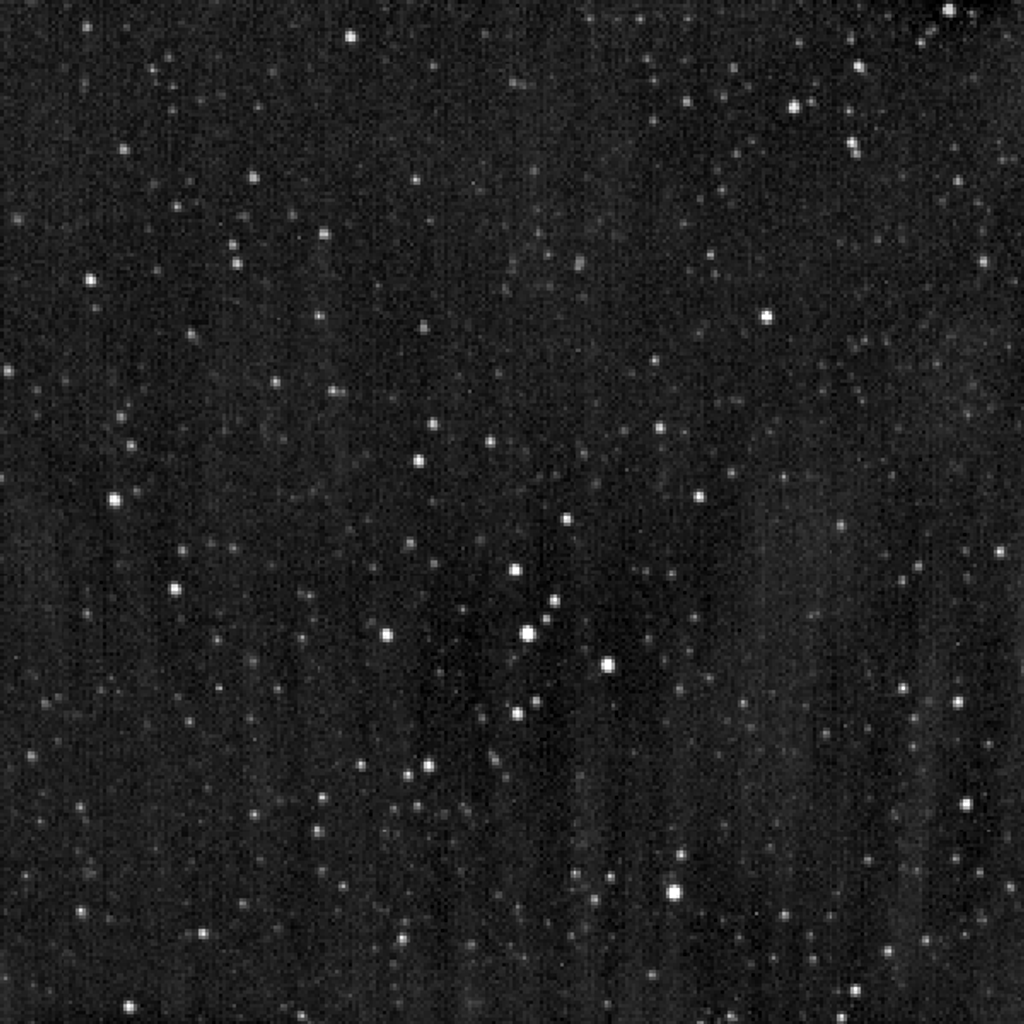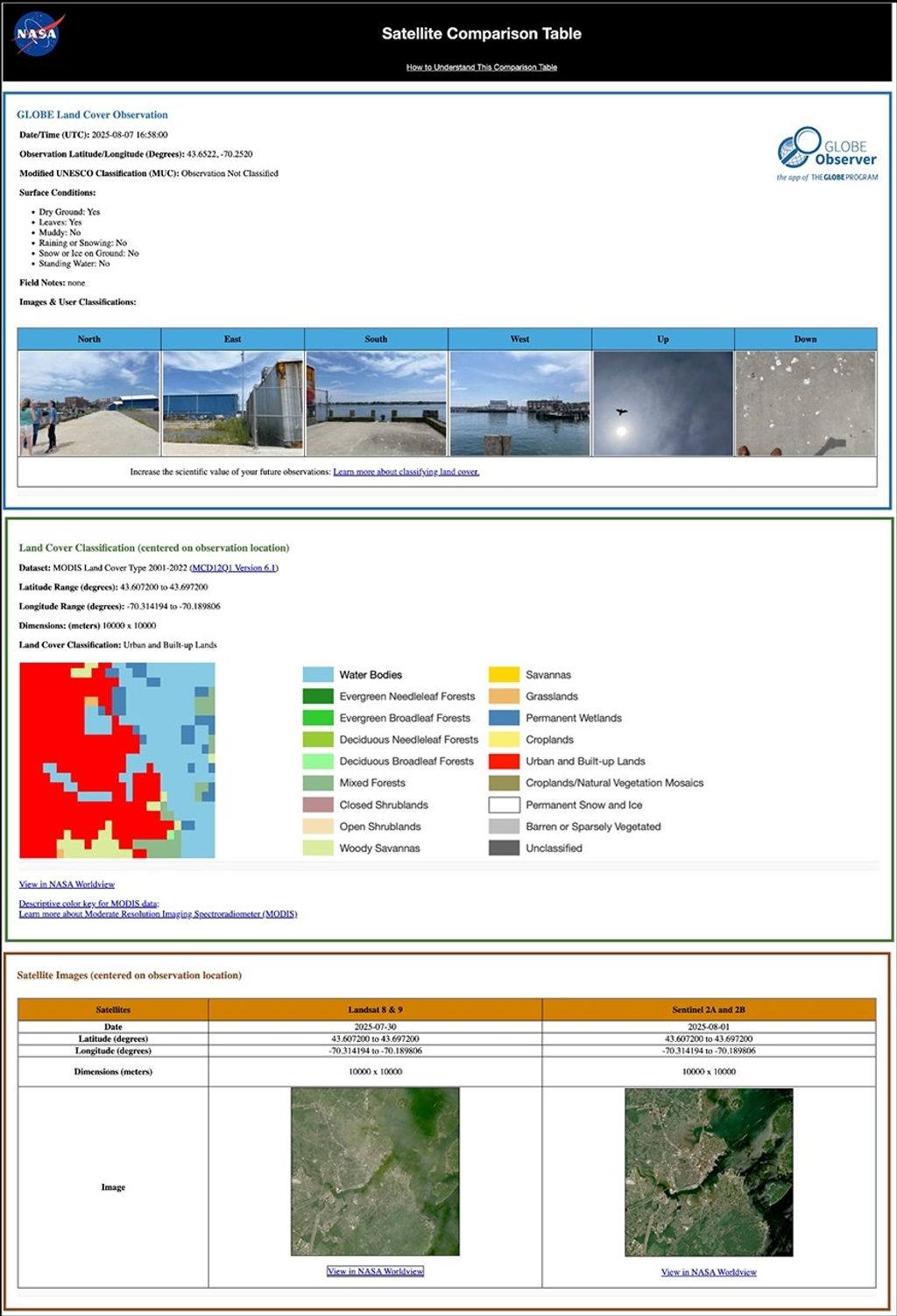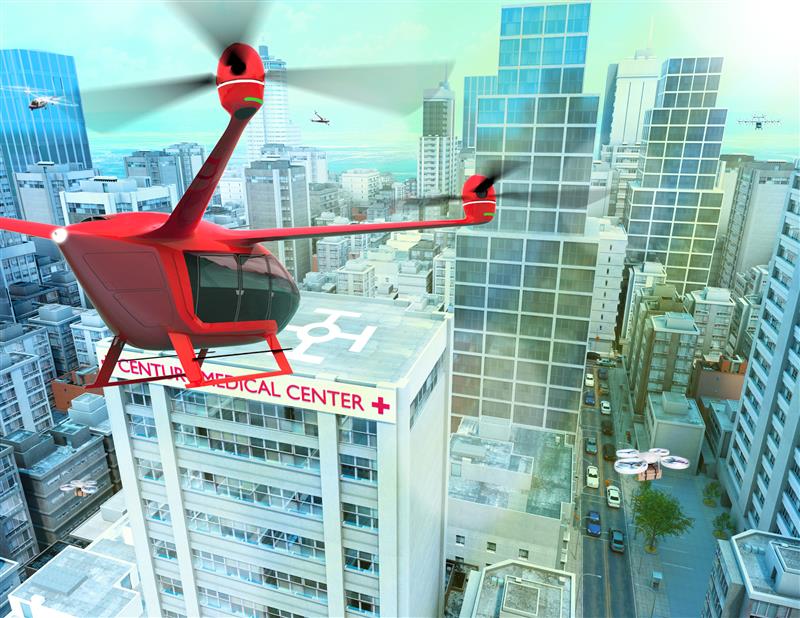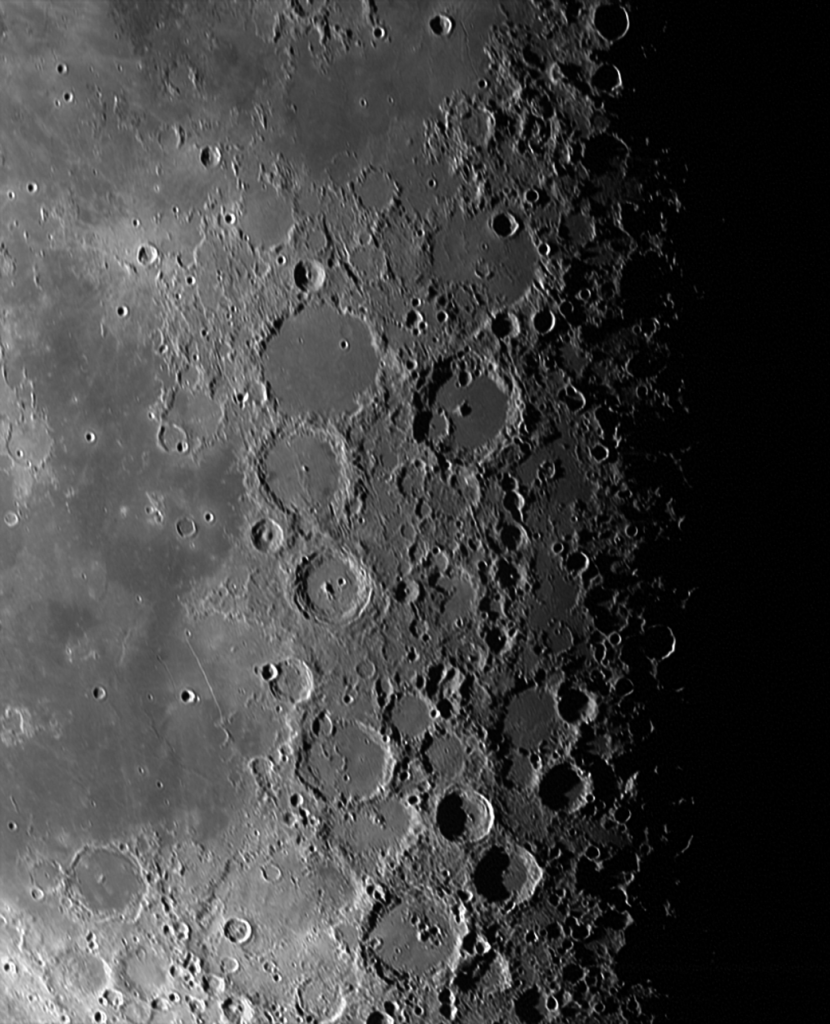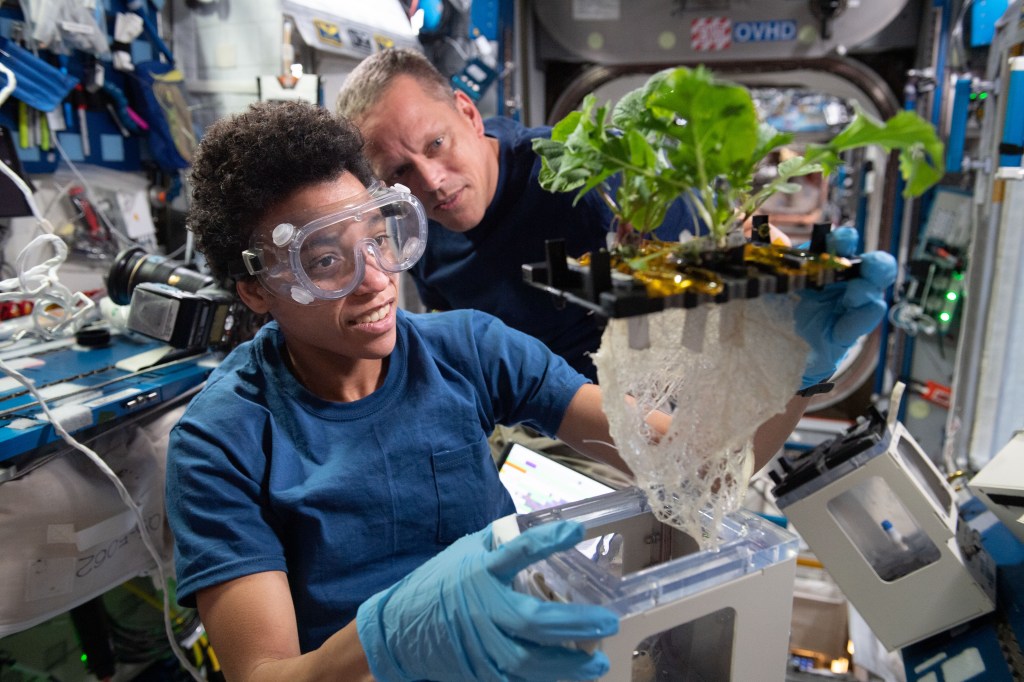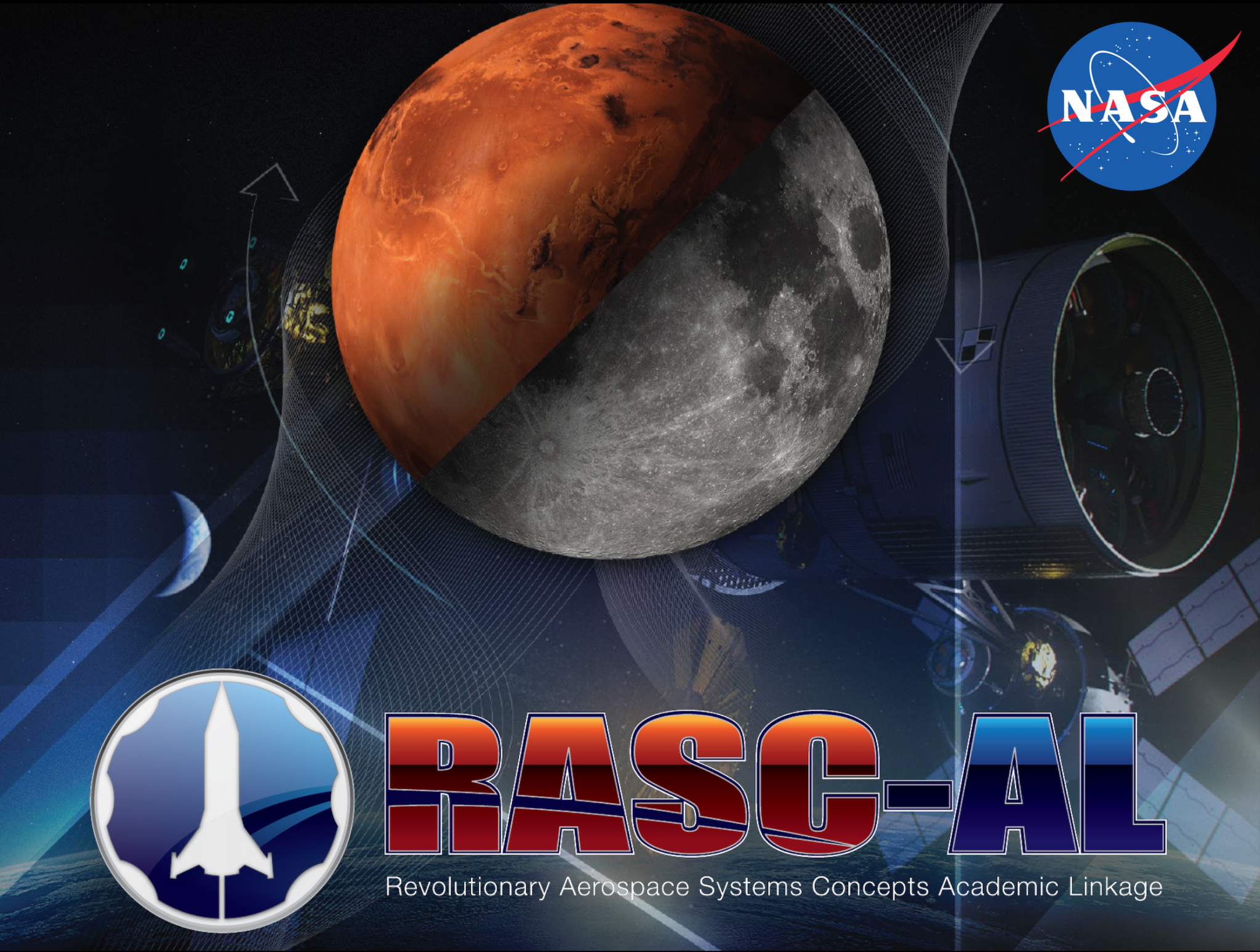Two university teams have taken top honors in NASA’s 2020 Revolutionary Aerospace Systems Concepts – Academic Linkage (RASC-AL) competition, which culminated in a virtual forum June 16-18.
The RASC-AL competition is an annual university-level engineering design challenge that allows students to work on real challenges and provide innovative solutions that can be used to advance human exploration of space. Competition themes range from designing systems and architectures for exploring the Moon and Mars to envisioning how astronauts will best take advantage of existing and future assets as explorers venture far from our home planet.
For the 2020 RASC-AL competition, undergraduate and graduate teams developed new concepts that leveraged innovations for NASA’s Artemis program. NASA will send the first woman and next man to the Moon, enable sustainable lunar operations, and provide the foundation for humanity’s next giant leap, sending astronauts to Mars. This year’s competition moved beyond science and engineering to economics, with a theme dedicated to the analysis of future business opportunities that take advantage of space –extending to just beyond the Moon’s orbit–to improve the human condition.
Based on a review of proposals submitted in March, 15 university teams were chosen as finalists to compete at the 2020 RASC-AL Forum. The forum, originally planned to take place in Cocoa Beach, Florida, shifted to a virtual event to protect the health and safety of participants during the COVID-19 pandemic. Teams adapted by sharing their projects via video, presenting digital posters and answering judges’ questions in real time through livestreaming of the competition online at https://livestream.com/viewnow/rascal-forum
Final scores were based on a two-pronged evaluation of each team’s 15-page technical paper and 50-minute presentation during the virtual forum. The top two overall winning teams will be awarded with guaranteed presentation slots at the virtual ASCEND 2020 Conference in mid-November, where they can present condensed versions of their concepts to a larger group of aerospace professionals.
“We’ve long been proud that the RASC-AL forum provides a unique opportunity for students to collaborate and compete in a similar way to how businesses work in the real world,” remarked Pat Troutman, human exploration strategic analysis lead at NASA’s Langley Research Center. “This year was even more remarkable as our finalists rose to the challenge of the public health crisis just as real businesses have had to do–by taking advantage of modern communication technologies to advance and share their best ideas.”
The winning teams are:
Overall Winners
- First Place —University of Puerto Rico, Mayagúez: Exploration Multi-Purpose Rover for Expanding Surface Science (Empress)
- Second Place— Georgia Institute of Technology, Atlanta: Mission for Impermanent Surface Stay To Investigate Our Neighbor, Mars (MISSION, Mars)
Winner By Theme
- Short Surface Stay Mars Mission— Georgia Institute of Technology, Atlanta: Mission for Impermanent Surface Stay To Investigate Our Neighbor, Mars (MISSION, Mars)
- South Pole Multi-Purpose Rover— University of Puerto Rico, Mayagúez: Exploration Multi-Purpose Rover for Expanding Surface Science (Empress)
- Commercial Cislunar Space Development — University of Texas, Austin: Lunar Engraver with Geological Autonomous Carving INstrument (LEGACI)
- Autonomous Utilization and Maintenance of Science Payloads on the Gateway and/or Mars-Class Transportation: University of Maryland, College Park: Robotic Habitat Technologies for Minimizing Crew Maintenance Requirements
Miscellaneous Awards
- Best Technical Poster — Morehead State University, Kentucky with Delft University of Technology, Netherlands: SELENE
- Excellence in Commercial Innovation — University of Texas, Austin: Lunar Engraver with Geologic Autonomous Carving Instrument (LEGACI)
RASC-AL judges included subject matter experts from NASA, Aerojet Rocketdyne, AST & Science, Blue Origin, Boeing, the Cislunar Space Development Company, SpaceWorks Enterprises, and SpaceX. The 15 finalist teams competed in the following themes:
South Pole Multipurpose Rover
Teams designed a multipurpose rover with the same requirements as NASA’s Lunar Terrain Vehicle (LTV) that can support robotic exploration of the lunar South Pole as well as expand a human crew’s range by serving as unpressurized mobility.
- Morehead State University, Kentucky with Delft University of Technology, Netherlands
- University of Houston, Texas
- University of Maryland, College Park
- University of Puerto Rico, Mayagüez
- University of Southern California, Los Angeles
Short Surface Stay Mars Mission
Teams designed a Mars mission with a short duration surface stay. The objectives of the mission were to achieve the first human landing on another planet and to search for life on Mars.
- Georgia Institute of Technology, Atlanta
- University of Illinois, Urbana-Champaign
- University of Maryland, College Park
- University of Minnesota, Twin Cities
- University of Texas, Austin
- Virginia Tech, Blacksburg
Commercial Cislunar Space Development
Teams identified, defined, and prepared a cash flow analysis for a commercial cislunar business. Business ideas excluded from this theme were tourism, minerals extraction, internment/burial, and In-Situ Resource Utilization, or ISRU, propellant production.
- University of Maryland, College Park
- University of Texas, Austin
Autonomous Utilization and Maintenance on the Gateway and/or Mars-class Transportation
For this theme, teams developed a concept for a system that can autonomously support utilization and/or maintenance on the Gateway and/or Mars-class transportation. This theme required proof of concept via a virtual reality simulation or prototype.
- University of Maryland, College Park
- University of Texas, Austin
“As we move forward to the Moon and take what we learn onward to Mars, the concepts presented by these RASC-AL participants are timely and relevant,” said Doug Craig, strategic analysis manager for NASA’s Human Exploration and Operations Mission Directorate’s Advanced Exploration Systems (AES) Division at NASA Headquarters in Washington. “Our lunar efforts are uniting the brightest minds across industry, government and academia, and we were thrilled to see these creative presentations along with solid analysis of concepts aimed at advancing humanity’s ability to thrive beyond Earth.”
RASC-AL is sponsored by AES and the Space Mission Analysis Branch at NASA’s Langley Research Center in Hampton, Virginia, and is managed by the National Institute of Aerospace.
For more information about the challenge, visit the RASC-AL website:
For more information about NASA’s Moon to Mars exploration plans, visit:





